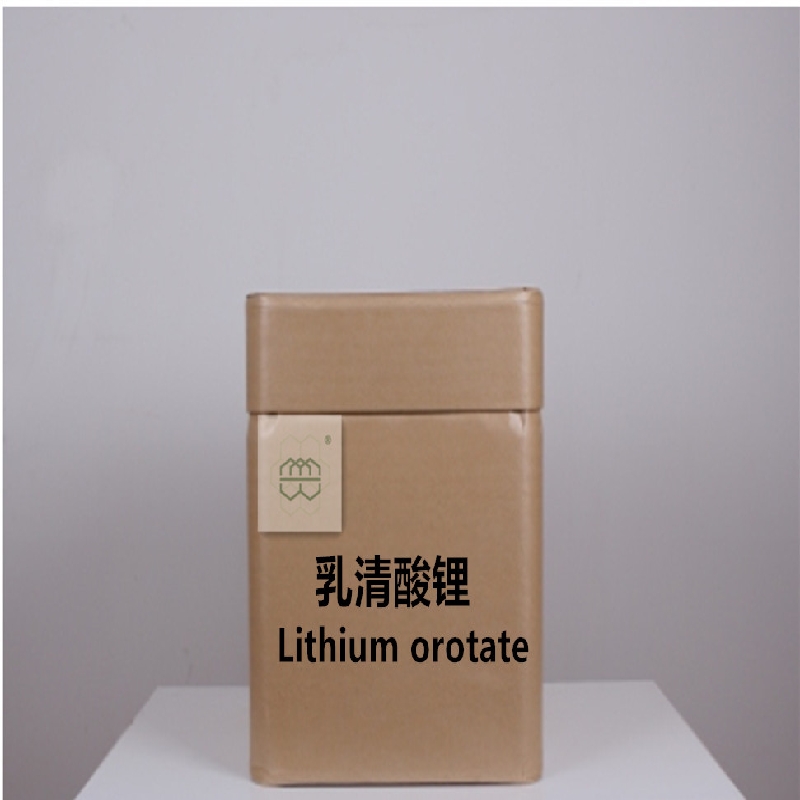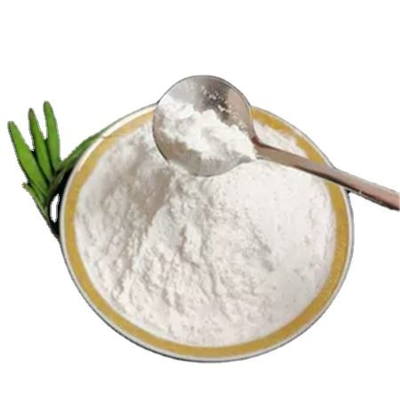-
Categories
-
Pharmaceutical Intermediates
-
Active Pharmaceutical Ingredients
-
Food Additives
- Industrial Coatings
- Agrochemicals
- Dyes and Pigments
- Surfactant
- Flavors and Fragrances
- Chemical Reagents
- Catalyst and Auxiliary
- Natural Products
- Inorganic Chemistry
-
Organic Chemistry
-
Biochemical Engineering
- Analytical Chemistry
-
Cosmetic Ingredient
- Water Treatment Chemical
-
Pharmaceutical Intermediates
Promotion
ECHEMI Mall
Wholesale
Weekly Price
Exhibition
News
-
Trade Service
Recently, the innovative team of rice excellent germplasm resources exploration and innovation of the Institute of Crop Sciences of the Chinese Academy of Agricultural Sciences analyzed the metabolic mechanism of the antioxidant properties of rice black rice, and revealed the differences
in metabolites and metabolic pathways between colored brown rice and colorless brown rice, black rice and other color brown rice at the metabolic level.
On August 23, the results were published online in the journal Food Chemistry
.
in metabolites and metabolic pathways between colored brown rice and colorless brown rice, black rice and other color brown rice at the metabolic level.
On August 23, the results were published online in the journal Food Chemistry
.
According to researcher Han Longzhi, brown rice is a whole grain rice that retains seed coat and embryo after rice shelling, which has higher
nutritional value than polished rice.
Compared with colorless brown rice, colored brown rice, especially black rice, generally contains more protein, trace elements, vitamins and other nutrients, and is rich in anthocyanins, phenolic acids, flavonoids, with strong antioxidant properties
.
So far, there have been few reports
on the metabolic mechanism of antioxidant properties of black rice and other colored brown rice.
nutritional value than polished rice.
Compared with colorless brown rice, colored brown rice, especially black rice, generally contains more protein, trace elements, vitamins and other nutrients, and is rich in anthocyanins, phenolic acids, flavonoids, with strong antioxidant properties
.
So far, there have been few reports
on the metabolic mechanism of antioxidant properties of black rice and other colored brown rice.
The study used black rice, red rice, glutinous rice and white rice (all brown rice) created by our team as test materials, and systematically analyzed the differences
between colored rice and colorless rice, black rice and non-black rice metabolites and metabolic pathways through extensive targeted metabolomics analysis 。 A total of 732 metabolites were identified, divided into 12 categories, including alkaloids (10.
25%), amino acids and their derivatives (10.
25%), flavonoids (16.
67%), lipids (17.
62%), organic acids (10.
52%), phenolic acids (13.
93%), etc.
; 281 species, 305 species, 241 species, 267 species and 265 species of different metabolites between black rice and waxy/white rice, red rice and waxy/white rice, and black rice and red rice were identified
, respectively.
Among them, the secondary metabolites in the differential metabolites between black rice and waxy/white rice account for more than 50%, and the secondary metabolites in the differential metabolites between red rice and waxy/white rice account for more than
40%.
These secondary metabolites include flavonoids, phenolic acids, alkaloids and the like
.
The main difference between black rice and red rice metabolites are flavonoids (34.
89%) and phenolic acids (18.
30%)
.
Further analysis of 117 differential metabolites unique to black rice showed that there were 58 flavonoids (49.
57%) and 25 phenolic acids (21.
37%), and the main significant enrichment pathways were biosynthesis of flavonoids, biosynthesis of anthocyanins, and biosynthesis
of flavonoids and flavonols.
This study revealed the differences in metabolites and metabolic pathways between different types of brown rice, providing a scientific basis
for functional rice breeding.
between colored rice and colorless rice, black rice and non-black rice metabolites and metabolic pathways through extensive targeted metabolomics analysis 。 A total of 732 metabolites were identified, divided into 12 categories, including alkaloids (10.
25%), amino acids and their derivatives (10.
25%), flavonoids (16.
67%), lipids (17.
62%), organic acids (10.
52%), phenolic acids (13.
93%), etc.
; 281 species, 305 species, 241 species, 267 species and 265 species of different metabolites between black rice and waxy/white rice, red rice and waxy/white rice, and black rice and red rice were identified
, respectively.
Among them, the secondary metabolites in the differential metabolites between black rice and waxy/white rice account for more than 50%, and the secondary metabolites in the differential metabolites between red rice and waxy/white rice account for more than
40%.
These secondary metabolites include flavonoids, phenolic acids, alkaloids and the like
.
The main difference between black rice and red rice metabolites are flavonoids (34.
89%) and phenolic acids (18.
30%)
.
Further analysis of 117 differential metabolites unique to black rice showed that there were 58 flavonoids (49.
57%) and 25 phenolic acids (21.
37%), and the main significant enrichment pathways were biosynthesis of flavonoids, biosynthesis of anthocyanins, and biosynthesis
of flavonoids and flavonols.
This study revealed the differences in metabolites and metabolic pathways between different types of brown rice, providing a scientific basis
for functional rice breeding.
Dr.
Zhang Lina and Assistant Researcher Cui Di, who have graduated from the Institute of Science and Technology, are the co-first authors of the paper, and Researcher Han Longzhi of the Institute of Sciences is the corresponding author
.
The research has been funded
by the National Key Research and Development Program and the Science and Technology Innovation Project of the Chinese Academy of Agricultural Sciences.
Zhang Lina and Assistant Researcher Cui Di, who have graduated from the Institute of Science and Technology, are the co-first authors of the paper, and Researcher Han Longzhi of the Institute of Sciences is the corresponding author
.
The research has been funded
by the National Key Research and Development Program and the Science and Technology Innovation Project of the Chinese Academy of Agricultural Sciences.
Original link: https://doi.
org/10.
1016/j.
foodchem.
2022.
133926
org/10.
1016/j.
foodchem.
2022.
133926







